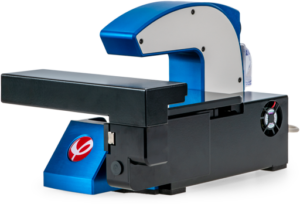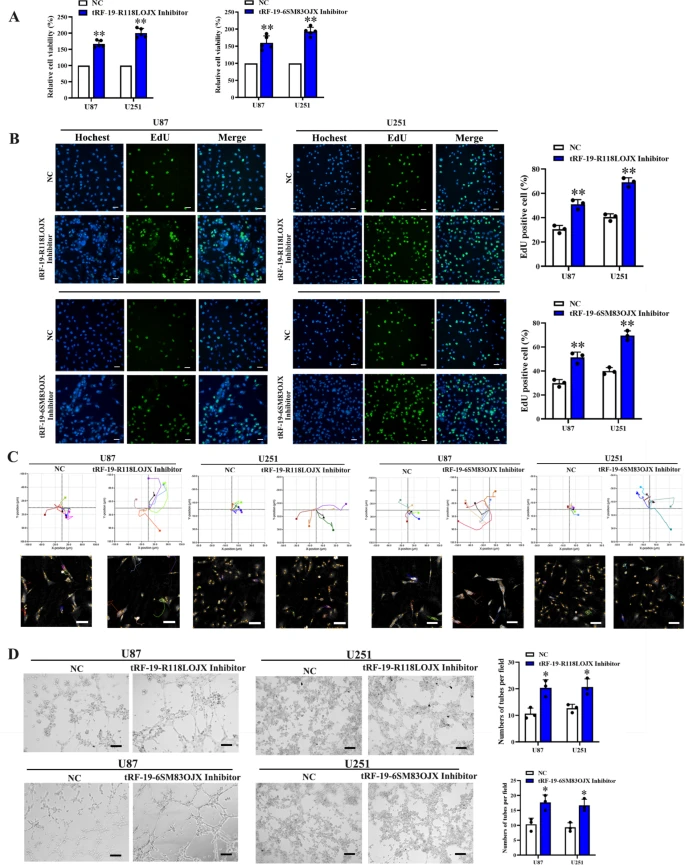Advancing Cancer Research with Quantitative Live Cell Imaging
Cancer is a leading human disease with persistently high mortality rates. Thus, understanding the how, where, why and with whom metastatic cancer cells disseminate and proliferate is one of the highest importance in cancer research. The HoloMonitor live cell imaging system advances your cancer research with a non-invasive way to measure and quantify cell activity in real-time without compromising the integrity of your precious cells. Therefore, you can get more accurate and native results from your experiments.

A live cell analysis tool with real-time data
Find out more about how HoloMonitor live cell imaging can accelerate your cancer research!
Featured publications within cancer research
Measure mitotic activity in melanocytes
Cutaneous melanoma is deadly skin cancer. The activating mutation BARFV600E mutation exists both in moles and over half cutaneous melanomas.
In this study, in order to investigate why the same mutation has such different consequences in moles and melanomas, the authors using HoloMonitor studied cell proliferation, cell dry mass, cell death and cell growth rate. The experiments showed by increasing the levels of two microRNAs in melanocytes induces mitotic failure, genome duplication, and proliferation arrest. BRAFV600E induces a similar proliferation arrest in primary human melanocytes that is both reversible and conditional depending on the differentiation state of the melanocyte.
On-demand webinar
The secrets to truly controlled cell experiments for cancer research
Find out how HoloMonitor provides better insights by analyzing proliferation, morphology and movement data for both single cells and cell populations.
Discover HoloMonitor Live Cell Assays
Learn more about what you can do with HoloMonitor
Answer cancer research questions with quantitative live cell imaging
24 hours time-lapse video of MDA-MB-231 breast cancer cells
72 hours time-lapse video of JIMT-1 breast cancer cells
Browsing publications in cancer research
Get inspired by other research fellows, and learn how HoloMonitor quantitative live cell imaging can benefit your cancer research:
m5C modification of LINC00324 promotes angiogenesis in glioma through CBX3/VEGFR2 pathway
Journal: International Journal of Biological Macromolecules (2023)
Research Areas: Cancer Research
Cell Lines: GECs, hCMEC/D3, SVG p12, U-251MG

Oncogenic signals prime cancer cells for toxic cell overgrowth during a G1 cell cycle arrest
Journal: Molecular cell (2023)
Research Areas: Cancer Research
Cell Lines: RPE, MCF7 and T47D

CDK4/6 inhibitor-mediated cell overgrowth triggers osmotic and replication stress to promote senescence
Journal: Molecular cell (2023)
Research Areas: Cancer Research
Cell Lines: hTERT-RPE1 mRuby-PCNA, hTERT-RPE1-FUCCI, MCF7

IK Channel-Independent Effects of Clotrimazole and Senicapoc on Cancer Cells Viability and Migration
Journal: International Journal of Molecular Sciences (2023)
Research Areas: Cancer Research
Cell Lines: WM266-4, panc-1

Expression profiles and function prediction of tRNA-derived fragments in glioma
Journal: BMC Cancer (2023)
Research Areas: Cancer research
Cell Lines: U87MG, U373MG, U251MG, SVG p12

Pseudogene MAPK6P4-encoded functional peptide promotes glioblastoma vasculogenic mimicry development
Journal: Communications Biology (2023)
Research Areas: Cancer research
Cell Lines: U251, U373, and HEK 293T cells
Discover our partners in cancer research

Gladstone Institutes

Huntsman Cancer Institute

Malmö University







